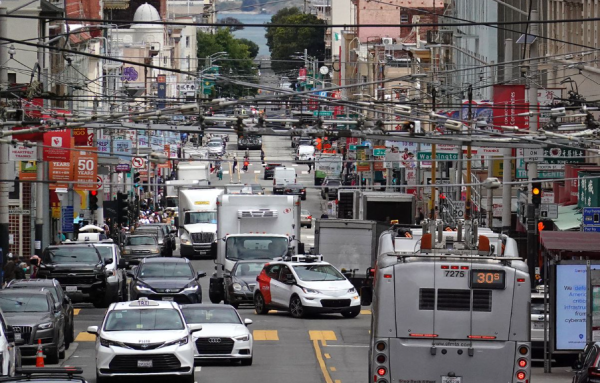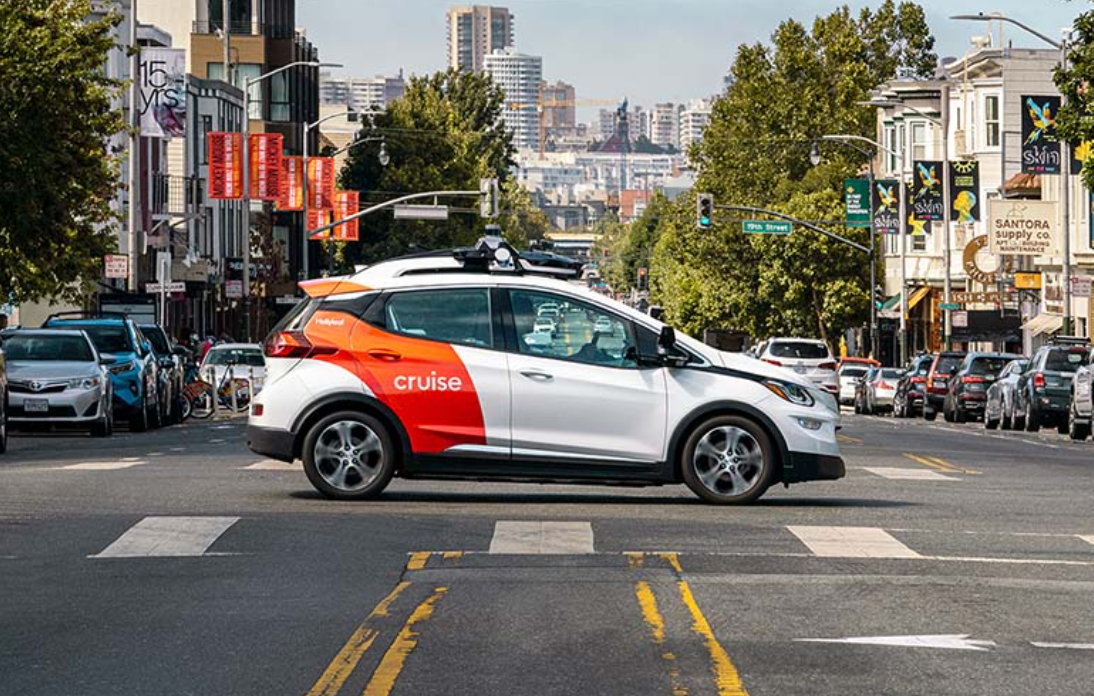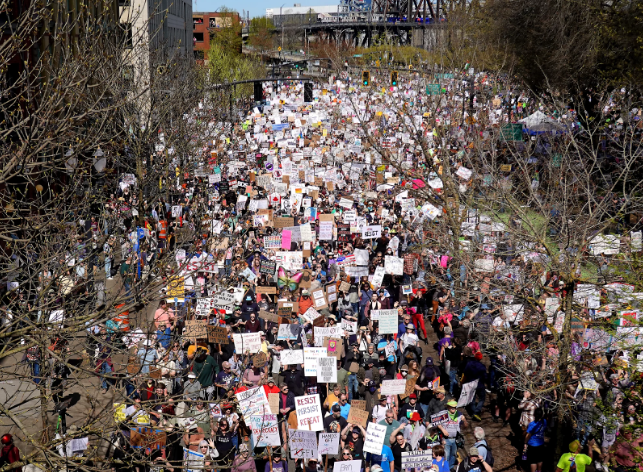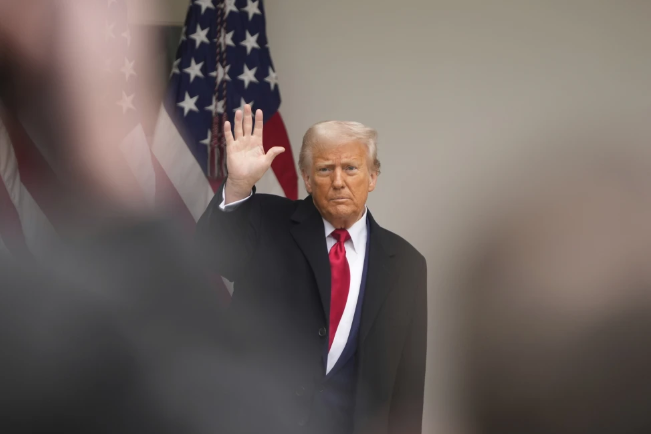Robotaxis are the future. They are self-driving taxis that can drive the passenger wherever they want to go. The main companies that produce these cars are Cruise and Waymo. Waymo is also a subsidiary company of Google. Cruise exclusively provides this service to San Francisco, California, while Waymo bases their taxis in Phoenix, Arizona.
Amazon is also interested in robotaxis with their company, Zoox, catching up with Cruise and Waymo. The United States is not the only country that has robotaxis. China also has driverless taxis with almost 386 square miles of robotaxi range. The service region in Shenzhen, China has steadily grown to become the largest totally autonomous robot taxi area in China.
Certain populations of San Francisco residents, such as some disabled people and mothers, are in favor of these new forms of transportation. There have been cases of discrimination where the rideshare drivers discriminate against certain people. Jessie Wolinsky, a blind woman, states she has been harassed by cab drivers who took advantage of her disability. She expresses that the robotaxis “provided me with a level of safety that I’ve never experienced before.”
There have been instances where taxi drivers refuse to provide service to mothers with car seats, which is something that would not happen with a robotaxi. Another benefit would be that there are less reckless drivers on the road with robotaxis. Many hope that the roads will be safer without as many dangerous drivers.
These new changes to our society could have both good and bad consequences. Since this is an active project, there will certainly be glitches and many things to learn. However, these glitches are getting out of hand, according to San Francisco workers and residents. These robotaxis have also gained complaints from firefighters for blocking emergency vehicles. The San Francisco Fire Chief, Jeanine Nicholson says, “They’re not ready for prime time.” Since May 2022, 66 instances using robotaxis interfering with fire trucks have been recorded by the fire department.
Recently, a music festival was held in San Francisco, bringing crowded crowds and hectic traffic. This caused the robot cars to lose communication with their headquarters which caused a huge traffic jam outside the festival.
“It makes me feel horrible because people can die. If there’s an emergency, the emergency vehicle cannot come down through. They can’t roll through those cars,” says Jeffrey Bilbrey, a San Francisco resident. This incident was proof to many San Francisco residents that these cars were not ready for the real world.
According to Cruise, this robotaxi experiment is spreading nationwide soon. Cruise has set their sights on putting at least one million robotic taxis on American streets and also put them on the market, targeting locations such as Japan and Dubai. These events occurred in San Francisco, but the robotaxis are also in Phoenix. Cruise and Wayco plan to expand to Austin, Los Angeles, Miami, and New York City.














